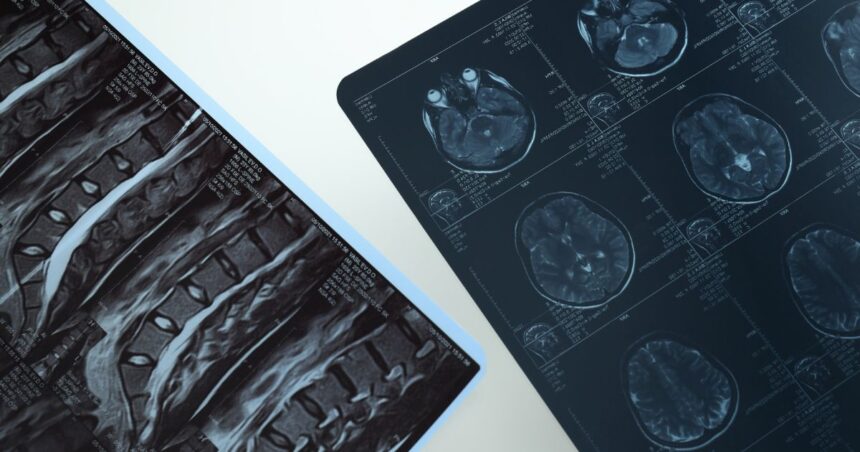If your doctor has ordered an MRA or MRI, you might wonder what the difference is. These tests sound alike, and they both take pictures inside your body. But they are used for different things.
I will discuss each test, how it works, and when doctors use it.
What Is an MRI?
MRI stands for Magnetic Resonance Imaging. It uses strong magnets and radio waves to make detailed pictures of your body’s organs, muscles, bones, and other soft tissues. MRI scans help look at the brain, spine, joints, and belly.
Doctors may order an MRI to check for:
- Brain injuries or tumors
- Spinal cord problems
- Torn muscles or ligaments
- Liver or kidney issues
- Infections inside the body
What Is an MRA?
MRA stands for Magnetic Resonance Angiography. It is a type of MRI that looks specifically at your blood vessels. MRA helps doctors see how blood flows through your body. It can show if there are narrow, blocked, or damaged arteries.
Doctors may order an MRA to look for:
- Blood clots
- Aneurysms (bulges in blood vessels)
- Blockages in arteries
- Problems with blood flow to the brain or heart
Key Differences Between MRI and MRA
Even though MRA and MRI use the same machine, here are the big differences:
- What they look at:
- MRI looks at organs, muscles, bones, and soft tissues.
- MRA looks at blood vessels and how blood flows.
- How they are done:
- MRI may not need any special dye.
- MRA often uses a contrast dye to make blood vessels easier to see.
- Why they are used:
- MRI is better for finding problems with body parts.
- MRA is better for finding problems in blood vessels.
What to Expect During Each Test
Both MRI and MRA tests are very similar in how they feel. Here’s what usually happens:
- You lie down on a table that slides into a large machine.
- The machine makes loud thumping or banging sounds.
- You will need to stay still so the pictures come out clear.
- Some tests use a contrast dye through an IV to help the pictures show up better.
Each test takes about 30 to 60 minutes.
Which Test Do You Need?
Your doctor will pick the test that gives the best answers based on your symptoms. If you’re having pain or problems with your joints, brain, or stomach area, they will most likely send you for an MRI. An MRI helps them see organs, muscles, and soft tissue in detail.
But if the doctor thinks there might be a problem with your blood vessels, like a blockage, poor blood flow, or something unusual with your veins or arteries, then an MRA is a better choice. MRA is great for showing how blood moves through your body.
Don’t be afraid to ask if you’re unsure why your doctor chose one over the other. It’s your body, and it’s important to understand what the test is for and how it helps.
Conclusion: MRI and MRA Help Doctors See Inside
MRI and MRA are excellent tools that help doctors see inside your body without surgery. An MRI shows soft tissues like your brain, muscles, or organs. An MRA, on the other hand, gives doctors a good look at your blood vessels and how your blood flows.
Even though the tests use the same machine, they look at different things and are used for different reasons. Knowing which one you’re getting and why can take away a lot of the worry. Understanding the test’s purpose helps you feel more in control and less nervous. Most of all, it means you’re one step closer to finding answers and feeling better.

